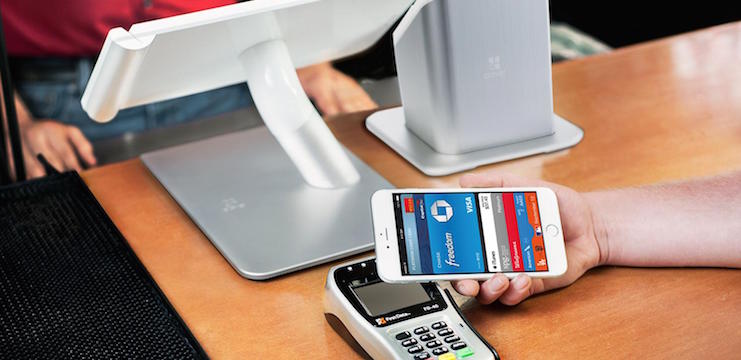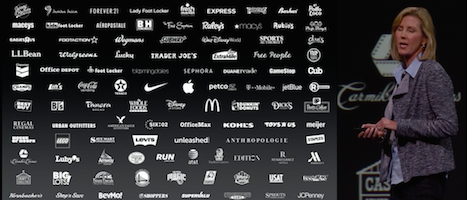Apple Pay Sees Much Needed Support at WWDC ’15
 Square
Square
Toggle Dark Mode
Apple Pay is going to start gaining much more traction in 2015. This morning’s WWDC keynote suggested new statistics regarding Apple’s slow-to-start payment system. Currently, over 2,500 banks are now supporting Apple Pay. Also, all four major credit companies are working with Apple Pay, including its newest member, Discover. Small businesses will also see reason to upgrade to Apple Pay with newfound support from Square.
Given that most (if not all) working adults use and carry a cell phone, it only makes logical sense that cell phone manufacturers would include payment technology in smartphone devices. Think of it as your digital wallet. With payment technology via NFC technology on your smartphone, you no longer need to carry around credit cards or cash. Simply make a payment with the touch of your phone.
Apple’s version of a digital payment system comes in the form of innovative Apple Pay technology (available on the iPhone 6), which was debuted this past October. With Apple Pay, a consumer makes a payment by using the Touch ID sensor on their iPhone 6 device while holding their iPhone 6 close to the contactless reader. That’s it. But despite Apple’s proclamation that their convenient pay technology will revolutionize the way smartphone users make payments, most retailers were not on board.

According to a recent survey, Reuters discovered that Apple’s claims were a bit exaggerated. Originally, Apple stated that about half of the National Retail Federation’s top 100 United States merchants would be using their service by the end of 2015. After talking with 98 out of the 100 merchants, Reuters found out that only four retailers could confirm that they would indeed use the service. On top of that, almost two-thirds of the companies claimed that they would not support the service. Yikes!
Most retailers claimed that there wasn’t a demand for Apple Pay. They also sited an “insufficient access to the data generated in a transaction” in addition to a lack of information as to how much Apple Pay would cost to set up. Unfortunately, this situation becomes a sort of stalemate between consumers and retailers: if retailers don’t offer the service, consumers can’t use it; and if consumers don’t use the service, retailers won’t offer it.
To comment on the issue, Apple released a statement to iMore, in which they reiterated that: “There’s tremendous momentum from not only large retailers but also Main street merchants, with payment service providers telling us they’re seeing unprecedented demand from small and medium businesses nationwide.”
Small business owners will be excited to find out that Square is developing its own NFC hub that will accept Apple Pay. The hub will allow small businesses to continue using Square as they normally would, with increased checkout rates.
Many small businesses, brands, and even sports teams, are jumping on the Apple Pay bandwagon. There is little reason not to, as new data shows that Apple Pay is making businesses more lucrative. According to Apple, the easy-to-use payment system has created 2x as many checkouts than before.
While plenty of stores across the U.S. will be using Apple Pay as expected, we learned a small surprise during this morning’s WWDC keynote. Apple is also rolling out Apple Pay across the U.K. Many retail stores and even London’s public transit system will be accepting the new payment system.
The slow-to-start payment system will be gaining a lot of traction this year with increased support from the Brits, retailers, credit companies, and the equally important small businesses.







